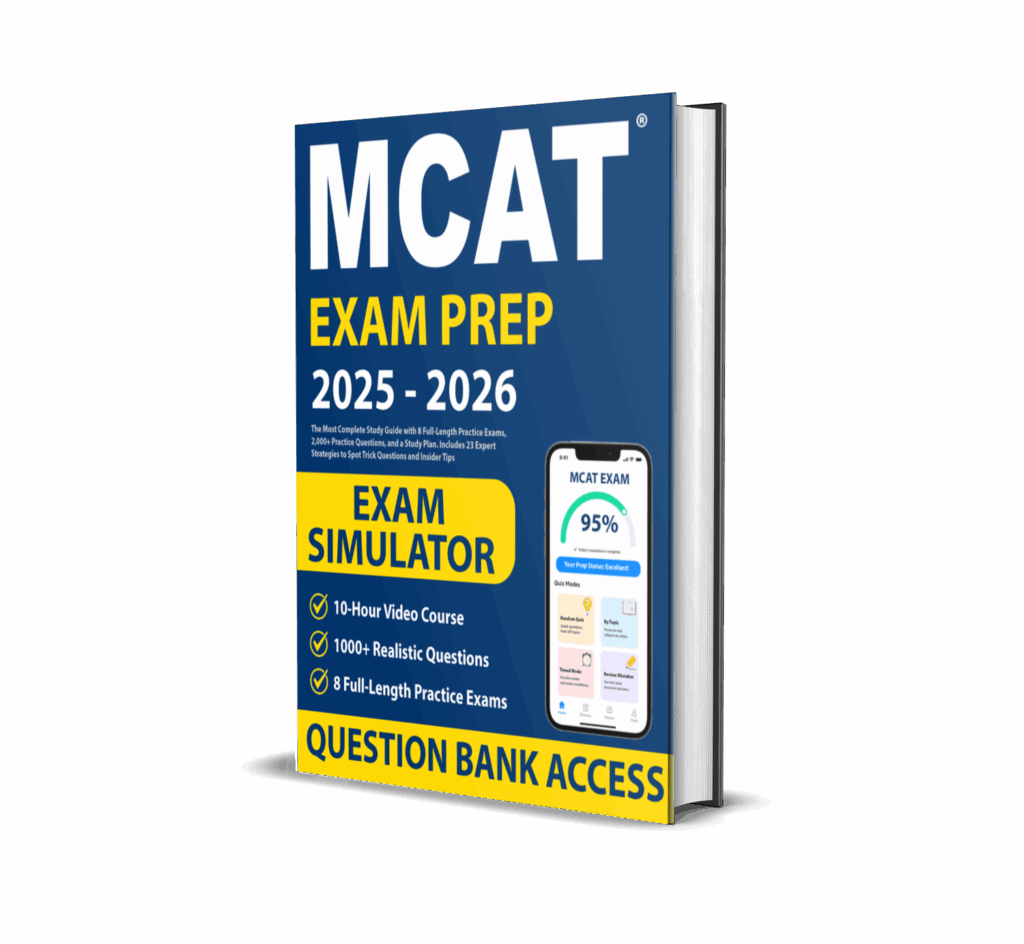
ARE YOU READY?
LET’S PRACTICE!
#1. What would be the expected effect of a noncompetitive inhibitor on enzyme kinetics?
#2. Which of the following structures is derived from the mesoderm?
#3. Which condition is characterized by the destruction of acetylcholine receptors at the neuromuscular junction?
#4. What is the function of surfactant in the lungs?
#5. Which of the following processes occurs in the cytoplasm?
#6. What is the likely consequence of a nonsense mutation?
#7. What does a rightward shift of the oxygen-hemoglobin dissociation curve indicate?
#8. Which of the following neurotransmitters is inhibitory in the central nervous system?
#9. Which of the following cells secrete antibodies?
#10. Which vitamin deficiency causes scurvy?
#11. Which portion of the brain regulates circadian rhythm?
#12. Which ion is directly responsible for the release of neurotransmitters at the synaptic cleft?
#13. Which process does not require oxygen?
#14. Which type of muscle is multinucleated?
#15. What is the effect of aldosterone?
#16. Which of the following describes the refractory period in neurons?
#17. What is the net ATP yield from complete aerobic respiration of one glucose molecule?
#18. Which part of the nephron is most responsible for urine concentration?
#20. What type of selection favors intermediate phenotypes?
#21. Which of the following molecules has the highest energy yield per gram?
#22. What is the approximate length of the human cell cycle?
#23. Which hormone is produced by the pineal gland?
#24. What would be the genetic consequence of nondisjunction during meiosis I?
#25. Which technique is used to amplify DNA?
#26. The region of the brain responsible for memory formation is:
#27. Which cells in the pancreas produce insulin?
#28. What is the result of a frameshift mutation?
#29. Which of the following best describes the role of cAMP?
#30. Which part of the digestive system is primarily responsible for nutrient absorption?
#31. What is the charge of the amino acid glutamic acid at physiological pH?
#32. Which part of the eye controls the amount of light entering?
#33. Which of the following is an example of an epigenetic change?
#34. Which immune cells are involved in cell-mediated immunity?
#35. What is the function of the liver in fat digestion?
#36. The primary effect of cortisol is:
#37. Which molecule initiates translation in eukaryotes?
#38. Which organelle is responsible for packaging proteins for secretion?
#39. Which hormone directly stimulates the release of cortisol?
#40. What’s the main component of the fungal cell wall?
#41. Which factor increases hemoglobin’s affinity for oxygen?
#42. What is the final electron acceptor in the electron transport chain?
#43. What is the structural difference between DNA and RNA?
#44. What is the major buffer in human blood?
#45. Which of the following is not a function of the sympathetic nervous system?
#46. Which factor affects the melting point of DNA?
#47. The pulmonary veins carry:
#48. Which of the following is an example of negative feedback?
#49. Which molecule contains an amide bond?
#50. Which part of the brain regulates voluntary movement?


